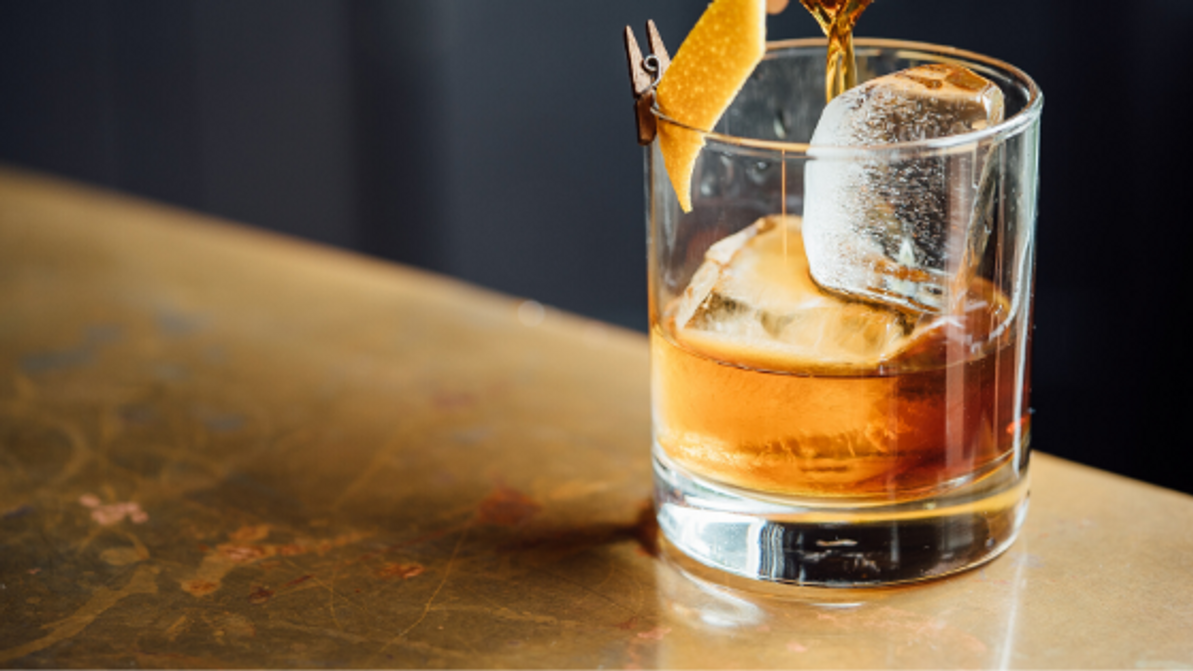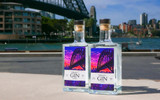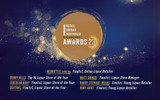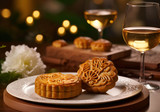Japanese Whisky - History, tradition and snow melts
Japan is having a real moment in the spotlight.
With the Rugby World Cup in full swing, an out-of-season typhoon getting international media attention and canning the Japanese Grand Prix, and the 2020 Olympics heading to Tokyo next July, you’re likely seeing Japan on your TV a bit more than usual.
This attention has made us thirsty for our favourite Japanese export - whisky!
History and tradition
The first Japanense distillery started production in October 1923. The well-known Yamazaki Distillery, just outside Kyoto, was built by Shinjiro Torii.
The location was chosen for the quality of the water - it’s in a valley wedged between Mt. Tennozan and Mt. Otokoyoma at a point where three tributaries meet and flow into the Yodo River. The name itself means ‘foot of the mountain’.
The first whisky brand was released from the distillery three years later. It didn’t take off straight away, being too smokey for Japanese palettes. But since then, Japan has not only embraced whisky culture but have become a main player in the distilling world.
The father of Japanese whisky
In 1918, a young Japanese man headed off to Scotland. He studied chemistry at the University of Glasgow, and was an apprentice at three different Scottish distillers.
This man was Masataka Taketsuru.
He returned to Japan in 1920. He had married in Scotland, and he and his Scottish wife arrived in Japan ready to make whisky. He joined Kotobukiya Limited (Suntory) in 1923 and led the project to produce whisky.
Ten years later, having found what he believed to be the perfect location to make whisky in Japan, Masataka built his own distillery. It was 1934. The distillery he built in Yoichi, Hokkaido experienced a similar climate to Scotland. The first whisky from this distillery - the now famous Nikka - was released in 1940. The company is still one of Japan's foremost whisky producers today.
So is it whisky or whiskey?
Whisky is the traditional Scottish spelling - so some purists say it’s not ‘whisky’ unless it’s Scotch. The Irish spelling puts the ‘e’ between the ‘k’ and the ‘y’ - whiskey. As whisky/ey production spread across the world, the different spelling spread as well. Preferred spelling is often based on which tradition the distillery is following.
Japanese distillers, carry on Scottish traditions, so for the most part it’s called ‘whisky’ (unlike the US who, apart from some notable exceptions, follow the Irish tradition and call it ‘whiskey’).
Japanese distillers have also added some local twists to the traditional Scottish process. Some producers also use Japanese oak (mizunara) to mature malt whisky, while others use casks that had previously been used to mature umeshu - a liqueur made from steeping ume (a plum-like fruit) in alcohol and sugar.
What to look for
The big producers in Japan are Suntory (who own the brands Yamazaki, Hakushu, and Hibiki), Nikka (who own Yoichi and Miyakigo) and Kirin (who own Fuji Gotemba).
While the production might be quite similar, the raw materials are what make a huge difference to a Japanese whisky. The water - depending on the distillery - is often snow melt from Mt Fuji, which means the water is very pure. The difference in the climate from Scotland - a much warmer summer - also creates a different flavour profile in Japanese whisky.
Most Japanese whisky is blended. They had a huge boom in interest in their single malts a few years ago, which took producers by surprise. Their aged reserves quickly disappeared. They needed to innovate. Most Japaense producers have made it their job to create perfectly balanced blends that can stand up against an aged malt.
Pssst. Want to try a completely different Japanese export? Koyomi Highball is one of our newest additions. It’s blended shochu - a traditional Japanese distilled spirit. In a bar in Japan, you’d find it served as a highball, and these tasty ready to drink cans are no different. It’s super refreshing for a warm day, and slightly lower ABV (and cals for those counting) than your usual premix.
Recent Posts
-
A Collaborative Spirit
Introducing Julianne's Gin by Red Bottle & Goodradigbee DistilleryIn the bustling heart of Sydney's …4th Mar 2024 -
Celebrating Success: Red Bottle Shines at 2023 Retail Drinks Industry Awards
We're thrilled to share the exciting news from the recent Retail Drinks Awards! Once again, the Red …20th Oct 2023 -
Discover the Best Alcoholic Drinks to Pair with Mooncake
Discover the Best Alcoholic Drinks to Pair with MooncakeIndulging in mooncakes is a cherished tradi …21st Sep 2023




